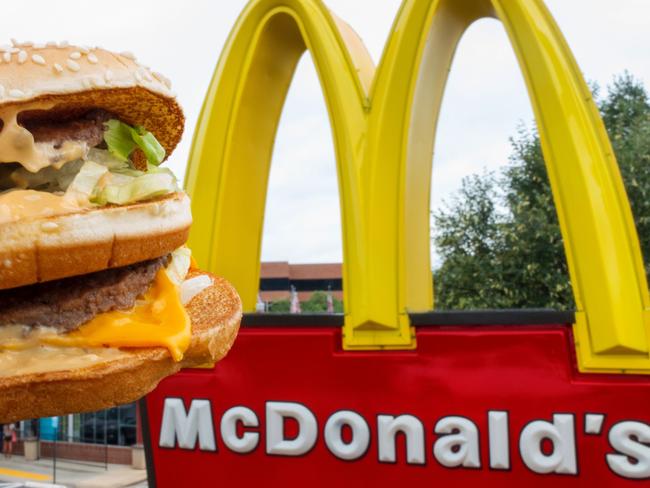Voluntary codes to control food advertising to children hasn’t stopped junk food promotion
CHILDREN continue to be exposed to high rates of junk food advertising that is helping to fuel Australia’s obesity epidemic.

Nutrition
Don't miss out on the headlines from Nutrition. Followed categories will be added to My News.
CHILDREN are being exposed to three junk food television advertisements an hour and the rate has not fallen since 2011 as one in five kids now tip the scales as overweight or obese.
Cancer Council NSW says their research shows a voluntary advertising code run by the Australian Food and Grocery Council (AFGC) has failed and it is calling on governments to introduce mandatory restrictions on the ads.
The study found that children are being exposed to an average of three unhealthy food advertisements every hour that they watch TV during peak periods between 6am and 9am and 4pm to 9pm.
This was unchanged since Cancer Council NSW and University of Sydney conducted the same analysis in 2011, Cancer Council NSW researcher Wendy Watson said.
Nearly half the food advertisements during children’s viewing hours were for unhealthy foods, one in four were for fast food.

RELATED: Vanuatu province bans junk food
Almost one ad every hour was for chocolate and every two hours a sugary drink was advertised the study published in the Journal of Public Health found.
McDonald’s dominated the fast food category accounting for 47 per cent of fast food advertisements, followed by KFC (26 per cent) and Hungry Jack’s (16 per cent).
The study for the first time looked at new digital TV channel GO which broadcasts over half of the top C- and P- rated programs in 2013.
While the channel had a much lower food advertisement rate than the primary channels it had the same rate of fast-food advertisements (1.3 per hour) and seven in ten of the fast-food advertisements were for children’s meals.
“For almost eight years now junk food companies have been able to take advantage of these weak, self-defined codes because there has been nothing to stop them from doing so, “ Ms Watson said.

“We will continue to see no change in the rate of unhealthy food advertising to children unless government takes action,” she said.
The AFGC introduced two voluntary codes to control food advertising to children in 2009.
The Responsible Children’s Marketing Initiative and the Quick Service Restaurant Initiative for Responsible Advertising and Marketing to Children (QSRI).
Food manufacturers and restaurants that voluntarily sign up to the codes agree to: “Reduce advertising and marketing to children for food and drinks that are not healthier choices.
The companies commit to only advertising healthier choices to children and encouraging a healthy lifestyle through good diet and physical activity.
They also agree not to pay for or seek product placement television programs, editorial content or interactive games aimed at children, unless the product is a healthier choice.
A total of 18 food and grocery companies and seven fast food companies are signatories to the RCMI and QSRI, respectively.
These companies represent 67% of all food and beverage advertising between March and May 2011.

AFGC chief Gary Dawson rejected the findings of the report which he said “deliberately fudges the concepts of advertising that targets children and food advertising generally. This report measures all food advertising, which is almost entirely directed at adults, not at children.”
“The report itself acknowledges high compliance with the self-regulatory advertising codes which have virtually removed advertising of non-core foods (treats) directed at children,” he said.
Cancer Council NSW’s study in the Journal of Public Health analysed advertisements broadcast during peak children’s viewing times on the three major free-to-air commercial television channels in Sydney, over a four day period in 2015.


